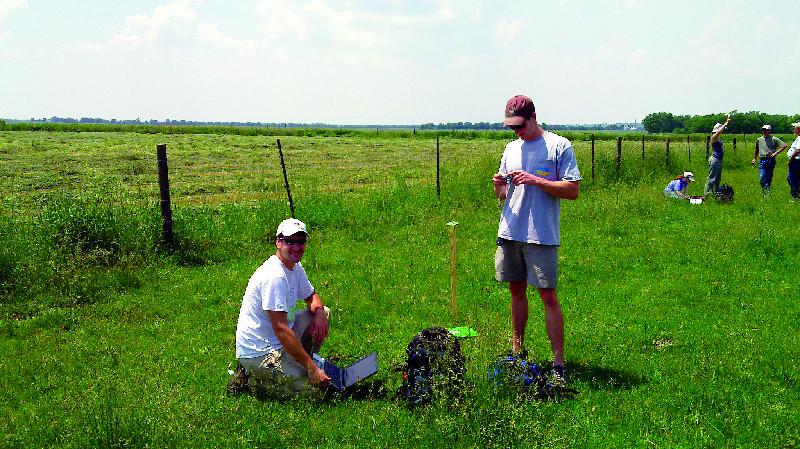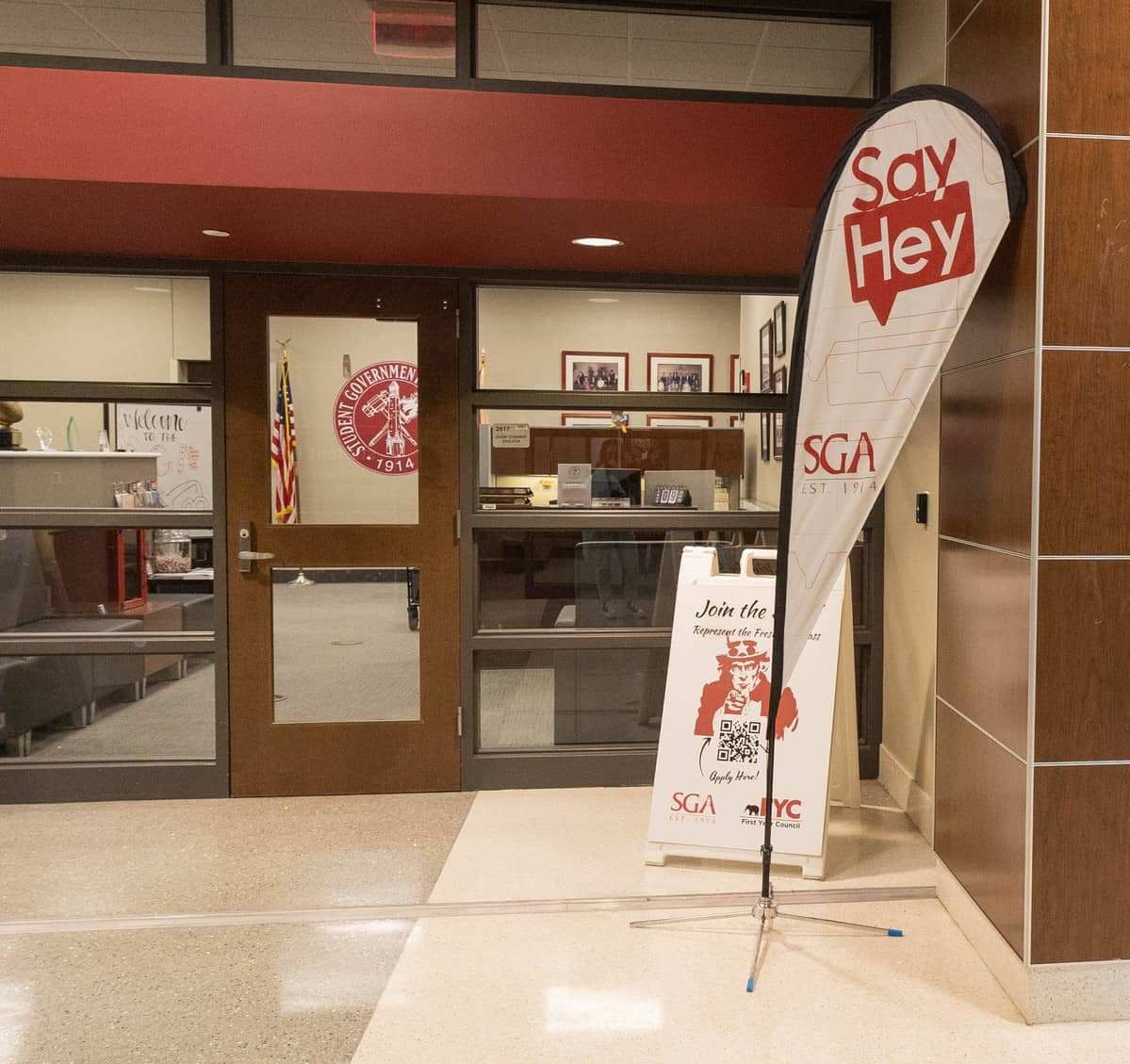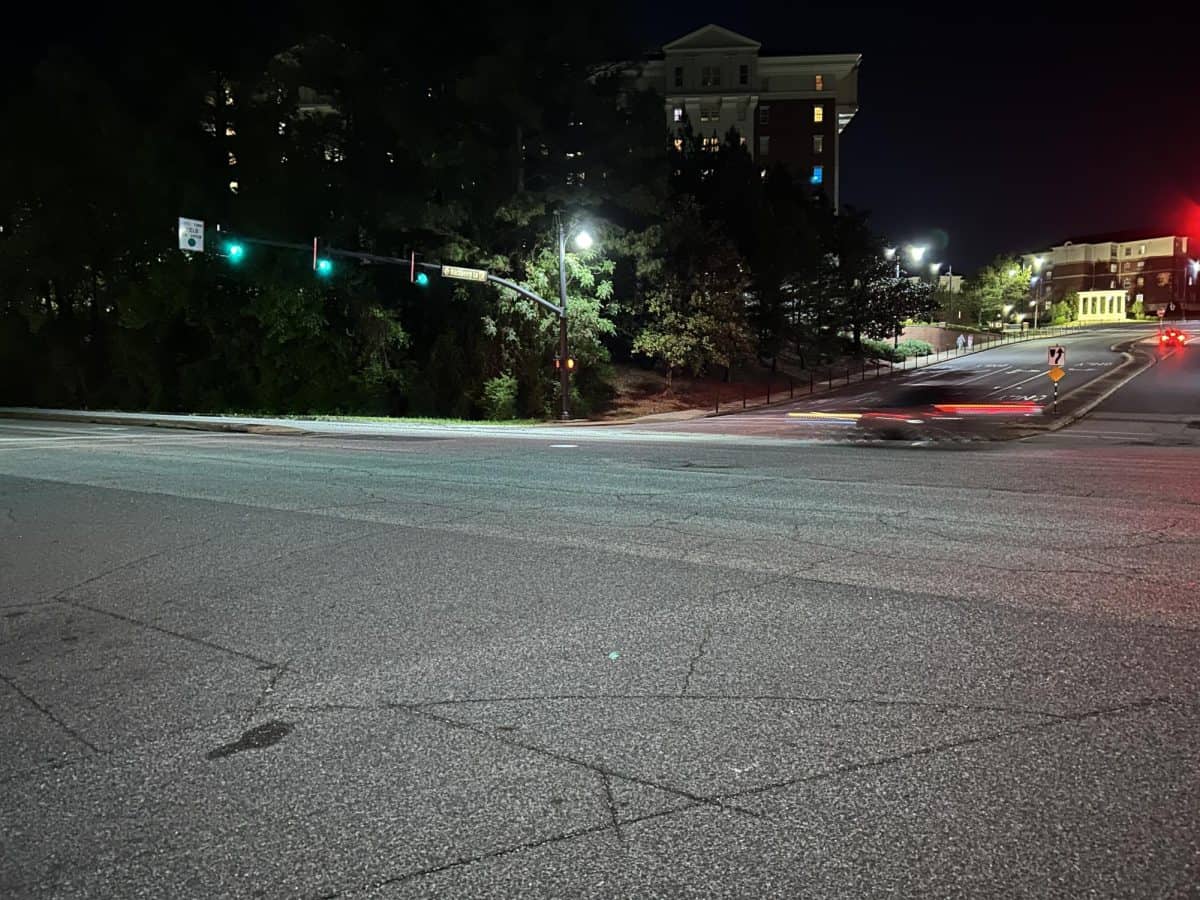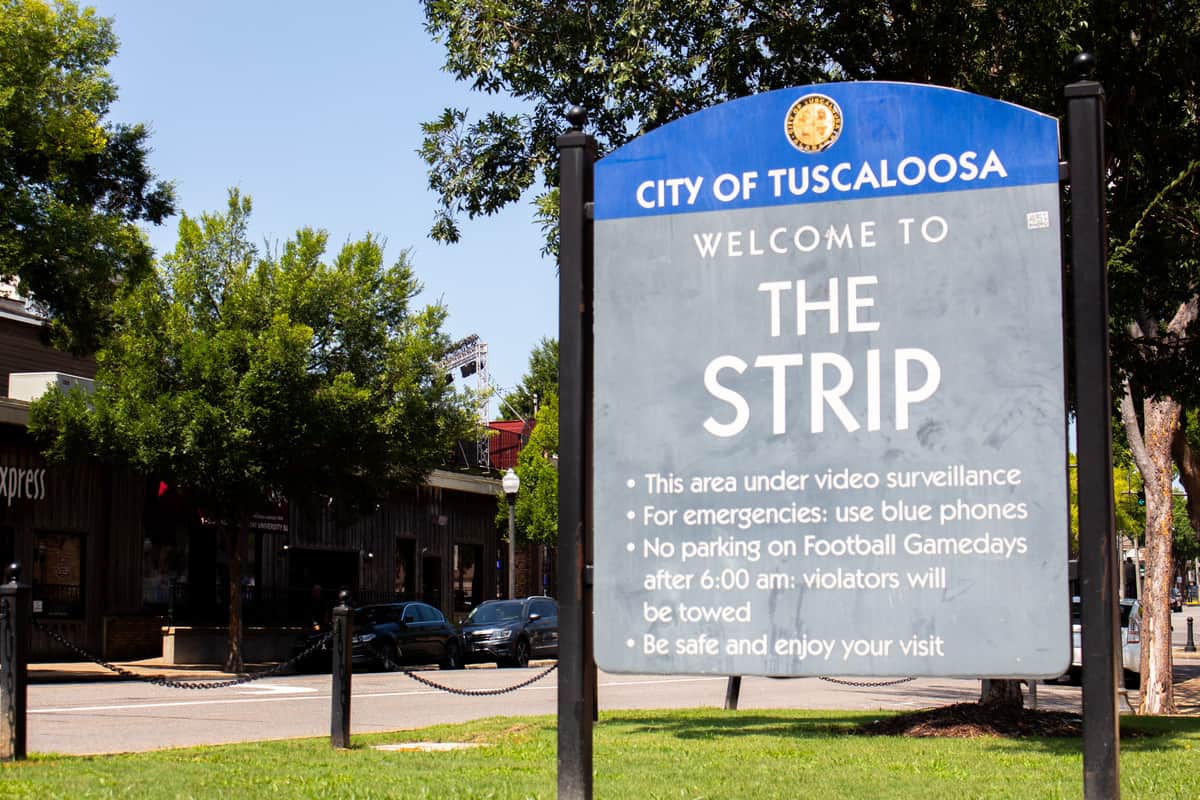A UA graduate student and an Auburn University senior are among the participants in a project that aims to use earthquake signals to essentially make a 3-D model of the Earth’s surface. The Earthscope Project uses a collection of seismographs that help geoscientists study the Earth globally, according to a UA news release.
“Aptly termed USArray, the seismographs will help geoscientists to study the characteristics of the deep earth, much like a doctor can study the body’s interior through medical imaging,” the release states. “Since 2003, 400 USArray seismic stations have been slowly marching toward Alabama from their starting point on the west coast.”
Stanton Ingram of the University of Alabama and James Taylor of Auburn University, both majoring in geosciences, joined 10 students in finding locations for seismic stations in Alabama and in the Midwest. Stanton and Ingram chose 23 locations that would house seismometers for two years and traveled to talk to nearby landowners.
“[Earthscope] involves a grid of seismometers being installed across the United States over [the course of about] a 15 year period,” Ingram said. “This grid of seismometers will allow scientists to begin to construct an ‘image’ of the Earth’s interior.”
Andrew Goodliffe, associate professor and graduate program director of the University’s department of geological sciences, also took part in the study.
“We looked for the students who were best prepared to work in the field,” he said. “We also choose students based on good interpersonal skills. Finding locations for our seismic stations involved a lot of knocking on doors and talking to people and explaining what the project was about.”
Ingram said being involved with Earthscope was a valuable experience, and Goodliffe said the project might also serve to educate people about earthquakes.
“In addition to learning about the Earth’s structure, this project will hopefully enable the general public to become much better informed about earthquakes in general: what causes them (and) what we can do to prevent damage,” Goodliffe said.
“I would also hope that some of the misconceptions may be taken away,” he said. “For example, many people believe that we may soon be able to accurately predict when a large earthquake may occur. This is extremely unlikely.”







